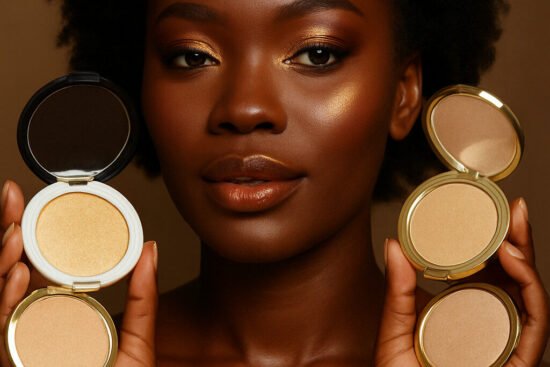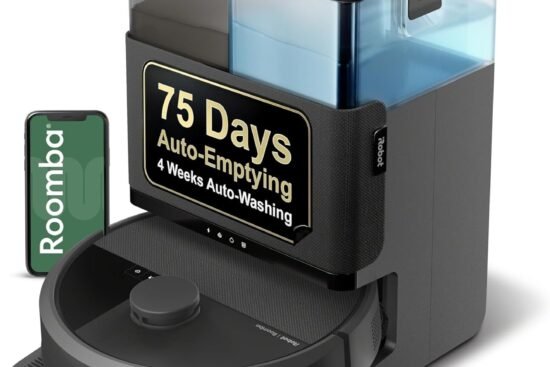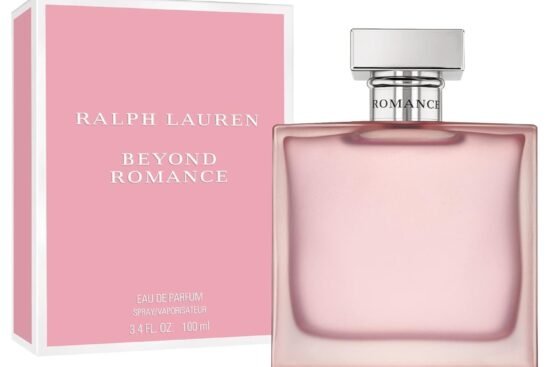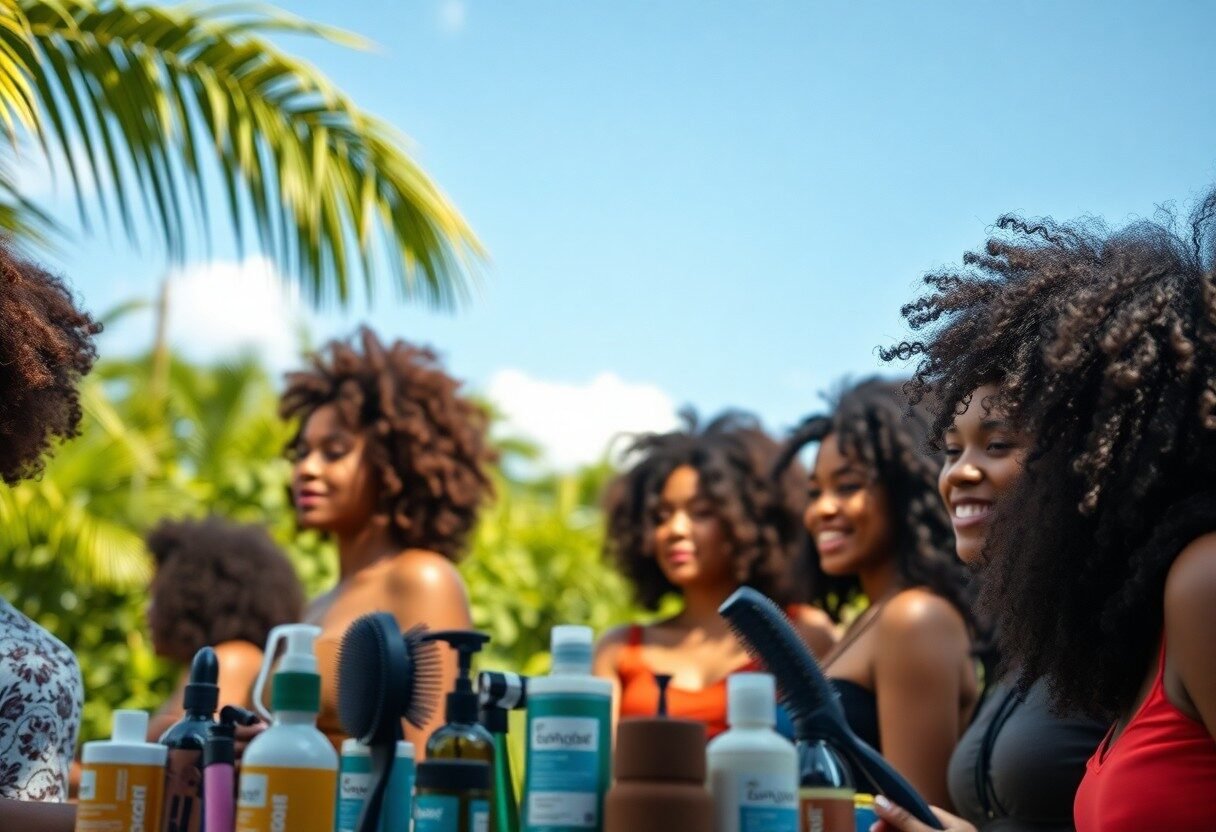
Most people with natural hair know that humidity can be a double-edged sword. While it can provide much-needed moisture, it often leads to unwanted frizz and loss of definition. In this post, I will explore how humidity interacts with your hair’s structure and share practical tips to help you combat its effects, allowing you to maintain your gorgeous curls and coils all year round. Let’s probe understanding why humidity affects your hair and how you can keep it healthy and stylish in any weather.
Key Takeaways:
- Humidity can cause natural hair to swell, leading to frizz and disrupted curl patterns.
- Moisture balance in hair is necessary; use products that help retain hydration without weighing down the hair.
- Incorporating anti-humidity serums and sprays in your styling routine can help create a barrier against environmental moisture.
- Regular deep conditioning treatments can improve hair elasticity and resilience against humidity’s effects.
- Protective styles, such as braids and updos, can minimize the impact of humidity on natural hair.
- Using silk or satin materials for pillowcases and hair wraps can reduce friction and frizz caused by humidity.
- Choosing the right hairstyle for humid conditions, such as buns or twists, can help maintain manageability and style longevity.
Humidity’s Role in Hair Texture and Health
Understanding how humidity affects hair texture and health is imperative for maintaining your natural curls. High humidity levels often lead to increased moisture in the air, which interacts with the hair cuticle. This change can cause hair strands to swell and change shape, resulting in changes to your curl pattern. It doesn’t just impact aesthetics; prolonged exposure to these conditions may weaken hair, leading to breakage and split ends.
The Science of Humidity and Hair
Humidity measures the amount of moisture in the air, which can significantly influence your hair’s behavior. Hair is composed of proteins and naturally absorbs moisture from the environment. In humid conditions, the cuticle—the outer layer of the hair—expands as it absorbs water, making it swell and change shape. This absorption alters the hydrogen bonds within the hair structure, leading to a shift in its shape and texture.
How Humidity Influences Curl Pattern and Frizz
Humidity plays a pivotal role in determining how your curls look and feel. As moisture penetrates the hair shafts, curls can swell and lose their definition, leading to an unwanted frizz. Curls that typically maintain a tight, well-defined structure may appear looser or even transform completely, resembling a wild, untamed mane. When hair is susceptible to humidity, it can also result in difficulty managing styling products, which might not hold up against the excess moisture.
This transformation in curl pattern is particularly noticeable in more porous hair types. Strands that are already damaged or have been chemically treated often absorb moisture faster, resulting in severe frizz and loss of curl definition. For those trying to achieve a defined look or any specific style, humidity becomes the adversary that makes it challenging to replicate results consistently. Embracing products with hold, incorporating anti-humidity sprays, or seeking moisture-resistant styling creams can serve as successful strategies to combat these effects.
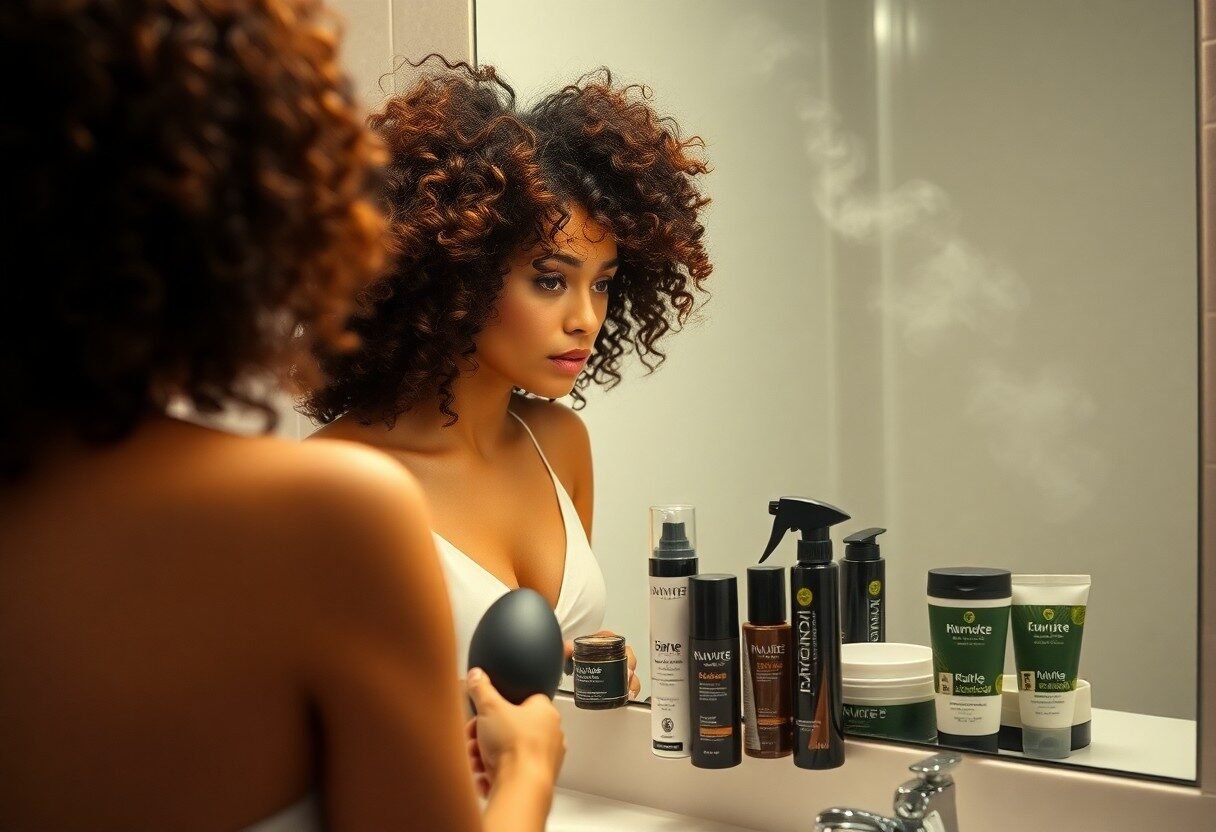
The Psychological Impact of Weather on Hair Confidence
The Connection Between Weather, Hair, and Self-Image
The relationship between weather conditions and hair often extends beyond mere appearance; it significantly influences your self-image and emotional well-being. Rainy or humid days can lead to frizzy, unmanageable hair, which in turn can diminish your confidence and mood. Studies indicate that 30% of women report feeling less confident about their looks during inclement weather, showcasing just how intertwined our hair is with our self-esteem and identity.
Personal Narratives and Societal Perceptions
Many individuals have stories that illustrate the broader societal views on hair and beauty. From childhood experiences of being teased for their hair texture to adult pressures to conform to certain beauty standards linked to weather, these narratives reveal how deeply ingrained perceptions influence our self-worth. In communities where straight hair is often viewed as the ideal, variations caused by humidity can trigger self-doubt and a desire to fit in.
Sharing personal narratives offers powerful insight into the collective impact of societal perceptions. For instance, I remember a friend lamenting about how her gorgeous curls would fall flat on rainy days, making her feel less attractive. This aligns with the experience of others who grapple with similar dilemmas, emphasizing that societal beauty norms can compromise individual confidence. Embracing your natural hair requires breaking free from these constraints and celebrating your unique texture, regardless of the weather. By reclaiming our narratives around hair and weather, we can foster a healthier, more positive relationship with our self-image.
Essential Products to Tackle Humidity Challenges
Navigating humidity doesn’t have to feel like an uphill battle. By incorporating specific products designed to combat moisture’s effects on your hair, you can maintain a flawless look regardless of the conditions outside. Key items include anti-frizz serums, moisture-locking hair creams, and protective styling sprays. These products work synergistically to repel humidity, seal in moisture, and prevent frizz, giving your hair the upper hand against challenging weather elements.
Humidity-Resistant Products: What to Look For
Focus on ingredients that form a barrier against moisture, such as silicones, oils, and polyquaternium compounds. Products labeled as “humidity-resistant” or “defining” can help maintain your style while keeping frizz at bay. They should also have a lightweight formula to avoid weighing your hair down, ensuring it stays bouncy and full of life even in damp conditions.
Natural vs. Synthetic Solutions: Pros and Cons
Pros and Cons of Natural vs. Synthetic Solutions
| Natural Solutions | Synthetic Solutions |
|---|---|
| Often contain nourishing ingredients | Fast-acting and effective |
| Less likely to cause buildup | Formulated for targeted results |
| Generally eco-friendly | Highly specialized for different hair types |
| May require more frequent application | Long-lasting effects |
| Can be more cost-effective in the long run | Potentially contains harsh chemicals |
| Variety of DIY options available | Saves time and effort |
| Promotes a natural look | Available in salons and shops |
| May take time to show benefits | Quick results |
Choosing between natural and synthetic solutions can be a game-changer for your hair care routine. Natural products often utilize plant-based ingredients that restore moisture without adding harmful chemicals to your hair. On the other hand, synthetic solutions are typically developed to provide immediate results with specialized formulas designed for specific issues like humidity-induced frizz. The choice ultimately depends on your personal preferences, hair type, and lifestyle, all of which should inform the products you select to combat humidity challenges.
Effective Hairstyling Techniques for Humid Conditions
Navigating the challenges of styling natural hair in humid weather requires a strategic approach. I recommend incorporating humidity-resistant products, like anti-frizz serums, that coat and protect each strand from absorbing excess moisture. Opting for lightweight creams and gels helps to define curls while providing hold without weighing your hair down. Styling techniques such as braiding or twisting can also help maintain shape, allowing you to embrace your natural texture without the heat damage.
Styles that Remain Resilient in High Humidity
Certain hairstyles are inherently more resilient in humid conditions. For example, buns, braids, and twisted updos create a polished look that keeps your curls intact. Low-maintenance styles can lend themselves well to humid weather, as they allow your hair to breathe while minimizing frizz. Choosing a style that showcases your hair’s natural beauty is both practical and stylish, ensuring you feel confident as the humidity rises.
The Role of Protective Hairstyles
Protective hairstyles are not only a trend but a necessary strategy for safeguarding your hair against humidity-related damage. These styles shield your ends from moisture and environmental stressors, reducing breakage significantly. By keeping your hair tucked away in braids or twists, you can maintain its health and hydration levels while enjoying the beautiful summer months.
Incorporating protective hairstyles into your routine is an excellent way to combat humidity’s effects on natural hair while also promoting growth and vitality. Styles such as box braids, crochet braids, or even simple twists offer a versatile solution. These looks can last for weeks with proper care, allowing you to forget about daily styling, and significantly reducing the time you spend fighting frizz. Additionally, they provide an opportunity to showcase your creativity and personal style, serving as a canvas for different colors and accessories to express your individuality in any season.
Pro Tips from Experts: Haircare in Humid Climates
- Utilize a quality leave-in conditioner to retain moisture.
- Apply a lightweight serum to tame frizz before stepping outside.
- Opt for braided styles or buns to protect your hair.
- Invest in a humidifier for indoor use during dry seasons.
After incorporating these professional tips, you can enjoy manageable hair throughout the humid months.
Recommendations from Stylists and Haircare Professionals
Maintaining healthy hair in humid conditions often involves tailored products and proven techniques. Professionals universally recommend choosing products labeled as anti-frizz; they help seal moisture, keeping your hair smoother. Additionally, stylists suggest regularly trimming split ends to prevent further damage due to humidity. Incorporating protein treatments can also reinforce your hair’s structure, combating the weakening effects of excess moisture.
Daily Routines: Creating a Humidity-Resistant Haircare Regimen
An effective haircare regimen can combat humidity’s negative effects. Begin with a gentle shampoo and a hydrating conditioner specifically designed for moisture retention. Following your wash, utilize a heat protectant before any heat styling to shield your strands. Embrace styles like twists or updos, which naturally minimize exposure to the elements. On non-wash days, spritz your hair with a lightweight hair refresher to keep it looking fresh and defined.
Always assess the specific needs of your hair. Tailoring products based on your hair’s porosity can make a significant difference. For example, if your hair absorbs water too easily, using a heavier oil or cream can help seal that moisture in instead of letting it escape. Incorporating regular deep-conditioning treatments to replenish moisture after exposure to humidity can also greatly enhance your hair’s resilience. After sticking to a consistent regimen, you’ll likely notice a positive shift in how your hair responds to the weather.
To wrap up
So, understanding humidity’s effect on natural hair is key to maintaining its health and style. I’ve found that recognizing how moisture in the air interacts with your hair texture allows you to take proactive measures. By using the right products, like anti-humectants or protective styles, you can minimize frizz and maintain your desired look, no matter the weather. It’s all about customizing your hair care routine to suit your unique needs, ensuring your natural hair stays vibrant and manageable in any environment.
FAQ
Q: What is humidity and how does it affect natural hair?
A: Humidity refers to the amount of moisture present in the air. For natural hair, high humidity can lead to increased frizz and curl shrinkage, as the hair absorbs moisture from the environment. This can make styling more challenging, as the hair may not hold its shape as intended.
Q: Why does natural hair react more to humidity compared to other hair types?
A: Natural hair, particularly coily or textured hair, has a unique structure that can absorb more moisture from the air than straight hair. This absorption can disrupt the hair’s cuticle layer, leading to frizz, breakage, and changes in curl patterns. The tighter the curls, the more pronounced the effect of humidity typically is.
Q: How can I protect my natural hair from humidity-induced frizz?
A: There are several strategies you can employ: use anti-humidity hair products, such as serums and sprays, to create a barrier against moisture. Additionally, consider protective styles like braids or buns that can limit exposure to humid air. Lastly, sealing your moisture with oils after applying water-based products can also help lock in hydration without attracting excess moisture.
Q: Are there specific ingredients I should look for in hair products to combat humidity?
A: Yes, look for products containing silicones like dimethicone which can create a protective barrier around the hair shaft. Humectants, such as glycerin or honey, can help retain moisture when used in moderate humidity, while heavier oils like castor or olive oil can seal in moisture and minimize frizz.
Q: Is it beneficial to use a deep conditioning treatment during humid weather?
A: Yes, deep conditioning treatments can be very beneficial as they increase moisture retention and reduce the chances of hair becoming dry and brittle. Well-conditioned hair is less likely to react negatively to humidity, helping to maintain your style longer.
Q: Can the way I style my hair affect its resilience to humidity?
A: Absolutely! Styling techniques that involve stretching the hair, like twist-outs or braid-outs, can help elongate curls. Additionally, using techniques like the shingling method with defining creams can help form curl clumps that are more stable in humid conditions. Using a hooded dryer or diffuser after styling can also set the style, creating a barrier against humidity.
Q: What should I avoid doing to my hair on high humidity days?
A: On humid days, it’s best to avoid products that are heavily water-based as they can exacerbate frizz. Additionally, try to steer clear of combing or brushing dry hair, as this can lead to breakage and frizz. Instead, consider using your fingers to separate curls for styling. Also, avoid using excessive heat, as this can damage hair further in humid conditions.






